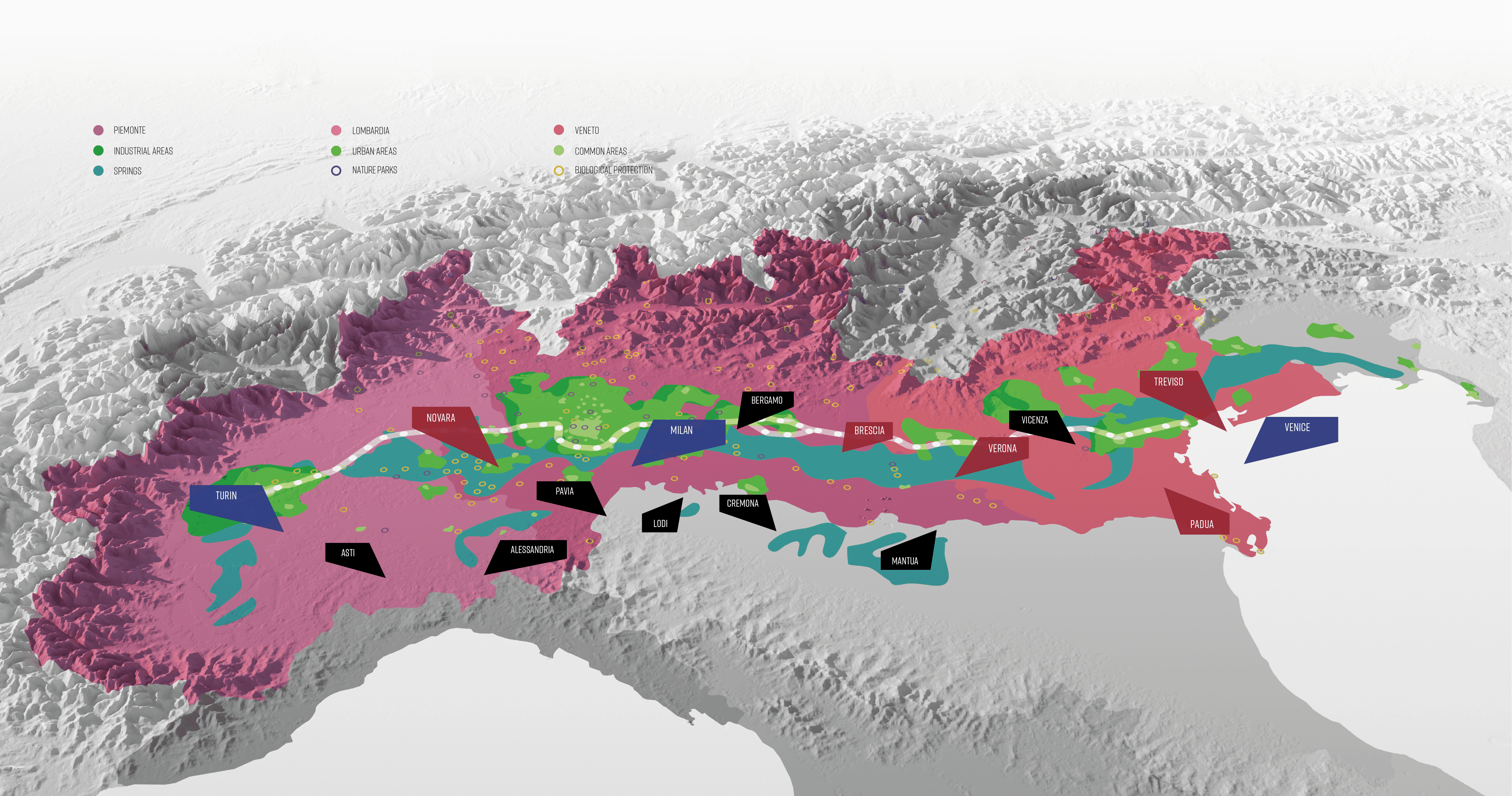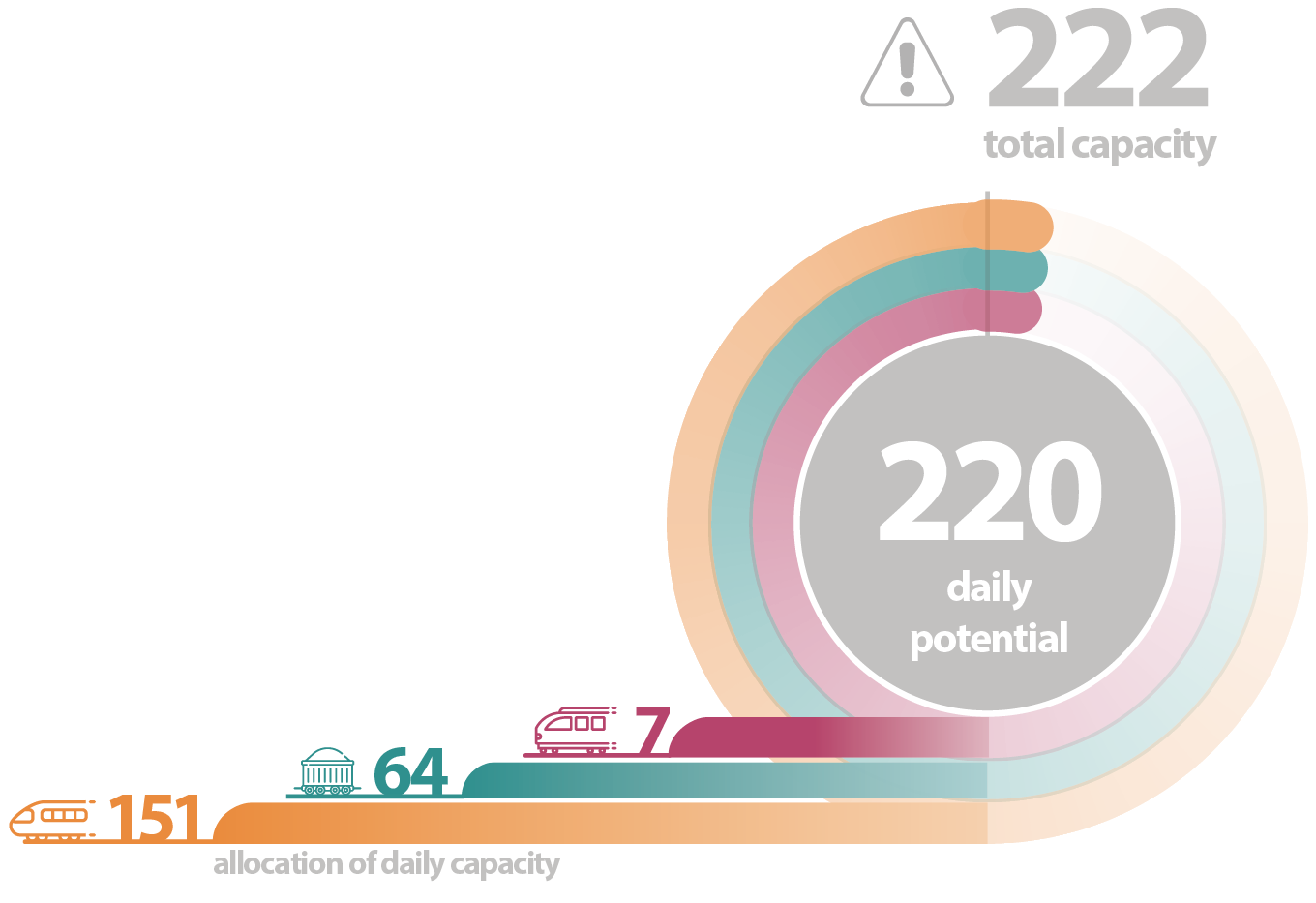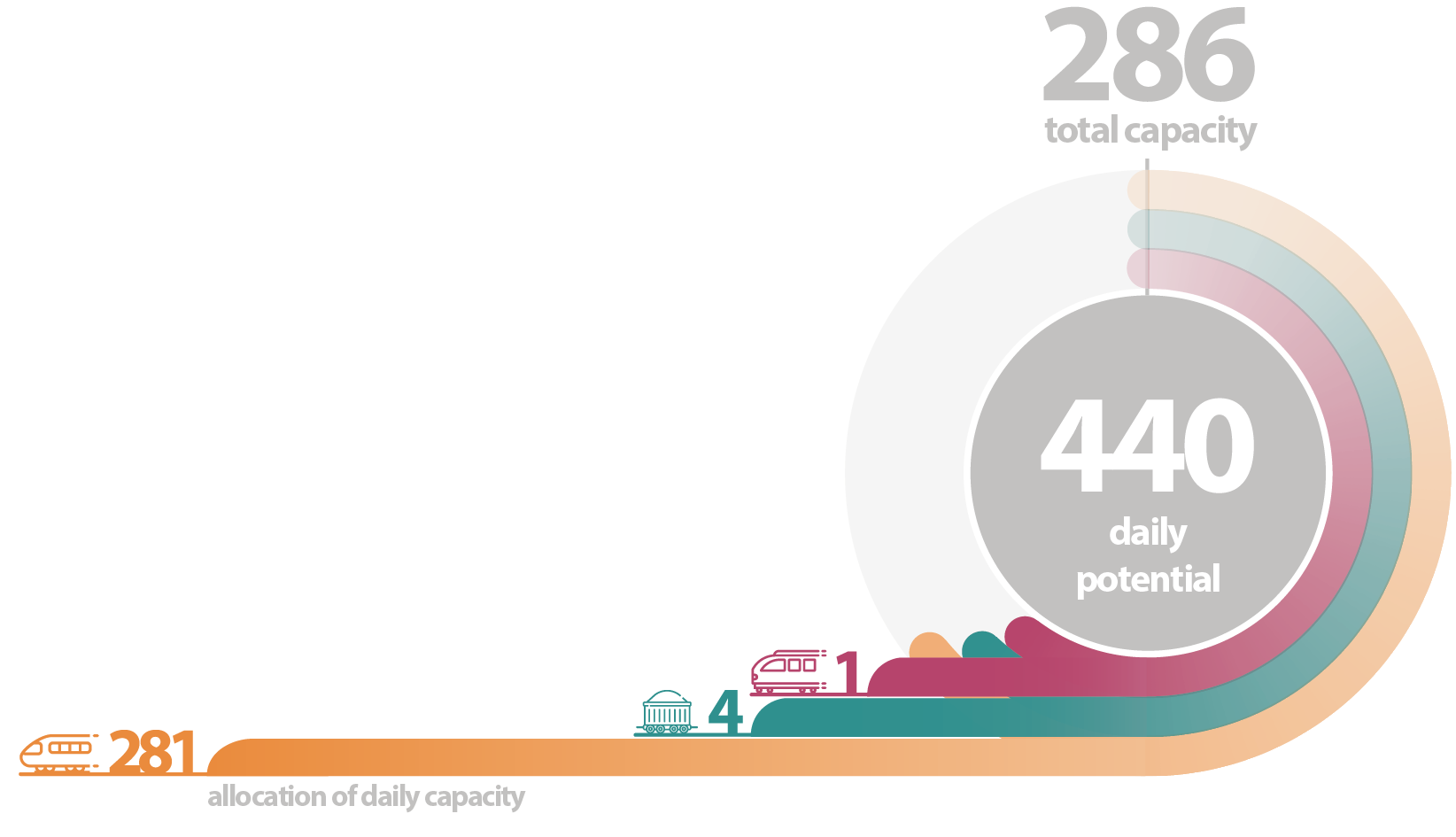The feasibility study and the design of the Turin-Venice line
The high speed revolution in Italy.
The construction of the High-Speed railway is one of the most important infrastructure investments in Italy since the end of the Second World War. The strengthening of the railway network is based on the ambitious aim of increasing the attraction and competitivity of rail transport compared to other transport methods, contributing to modal rebalancing and mobility that respects the environment more. The assignment developed by NET Engineering concerned the technical-economic feasibility study of the whole Turin-Venice line, an overall distance of about 400 km. The High-Speed project crosses national borders and has a European value, being an essential part for the Trans-European Networks – Transport (TEN-T). The Turin-Venice route is part of priority Trans-European Corridor 5 which connects Spain to the Ukrainian border.
The aim of the study was to provide elements for the choice of the physical and functional components of the Turin-Venice HS line, checking the economic and financial convenience of three different possible routes and operation, as well as that of not doing the work, in addition to the design and environmental inclusion implications. The method of work adopted should be emphasised which, through a system approach, saw an analysis made that extended to all the topics influencing the final choice of solution, without neglecting any. As a result, a complete cost/benefit analysis was produced, with a level of analysis correlated to the design stage, not only from the community’s point of view but also that of the managers of the network and services. A pioneering approach since this occurred in 1993, before the creation of the Procurement Codes and their regulations.

Design stages
The construction of the High-Speed railway was planned in successive stages, according to the priority needs of reorganisation and fluidification of the traffic. To date, the line has been partially completed, with the Turin-Milan, Milan-Treviglio and Padua-Mestre sections already fully operational. The drafting of the feasibility study of the new Turin-Venice High-Speed railway line was the opportunity for NET Engineering to make a decisive contribution to the development of one of the most significant infrastructure projects for the country, both because of its constructional complexity and regional extension. Following the feasibility stage, NET was assigned with the project development of parts of the railway route and the associated civil works.
In detail, the Outline Plan, the Environmental Impact Study and the check on Final Design produced by the General Contractor of the Brescia-Verona (72 km) and Padua-Mestre (25 km) railway sections and the two interconnections of Brescia East and Verona West (10 km) were developed. The complexity of the regions involved made the planning of many structures, such as bridges, viaducts and tunnels, necessary and required careful analysis of the physical, urban-planning and environmental limitations. The Padua-Mestre section has been operational since March 2007 and the separation of longer-distance trains from regional ones, through the construction of two new fast tracks (with a maximum speed of 220 kph) has increased the potential of the line taking it from 240 to 350 trains per day, with the expectation that the line will be able to handle up to 500 trains per day.
A pioneering method of analysis
The feasibility study developed with the prestigious co-operation of lecturers from the Bocconi University in Milan and Federico II University in Naples, is the first application of the design approach of system engineering in Italy. The possible alternatives were analysed and compared in relation to their inclusion in the transport system, the forecast of railway demand (passengers and freight), the economic and financial convenience, and the design, regional and environmental inclusion implications to provide all the useful elements for the choice of the physical and operational components of the new line and the definition of the most suitable route for the environmental and social-regional features of the places it would cross.
The Turin-Venice line was, therefore, designed from the very beginning as an integral element of the national and international multi-modal transport network. When looking for the initial data of the study, special emphasis was given to the need to acquire information on the demand for international transport, also through English and French specialists. In addition, large-scale works such as the construction of the Turin-Lyons line (in progress), the Channel Tunnel, the Milan-Naples HS line and the development of the railway networks of eastern European countries, in an integrated transnational view, were already planned among the fundamental infrastructural prerequisites. This is the correct view with which works of such importance should be assessed and undertaken, thus favouring integrated transport, and abandoning the thought of reasoning on each section in un unconnected way.
The experience gained has, over time, led to the definition of the role and value that marks NET Engineering in such situations – an independent voice that provides adequate supporting instruments for decisions. In this sense, the task of engineering is the analysis of the scenarios and accompanying the client (whether they are a public administration or a private investor) in the choices they are about to make, assessing their real consequences, even when the best alternatives from the strictly technical or economic point of view don’t coincide with the decision-maker’s initial expectations.




